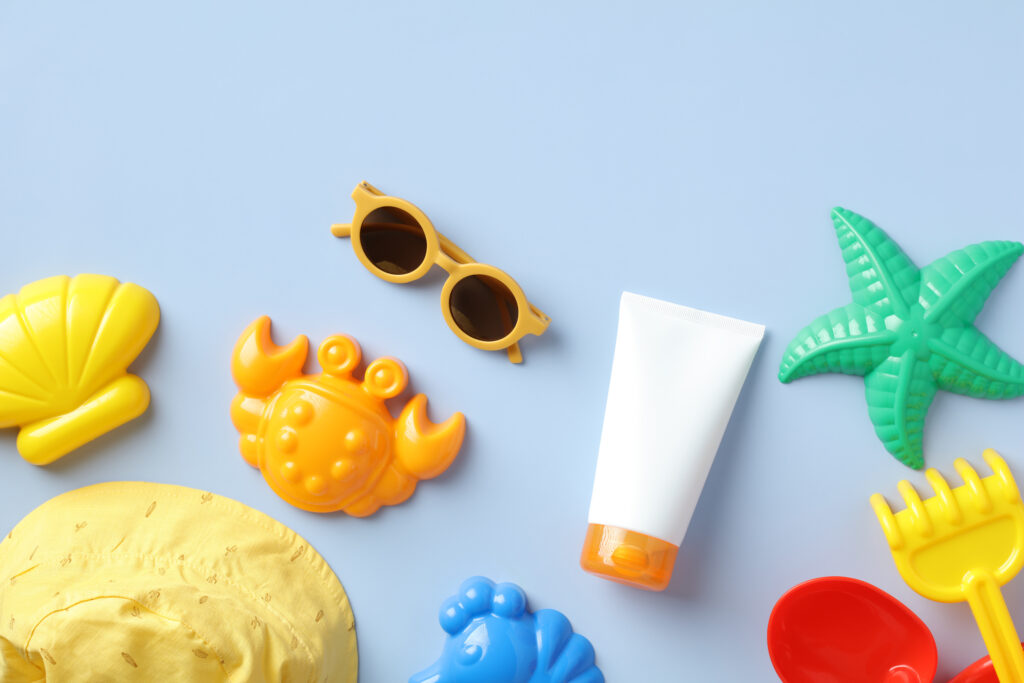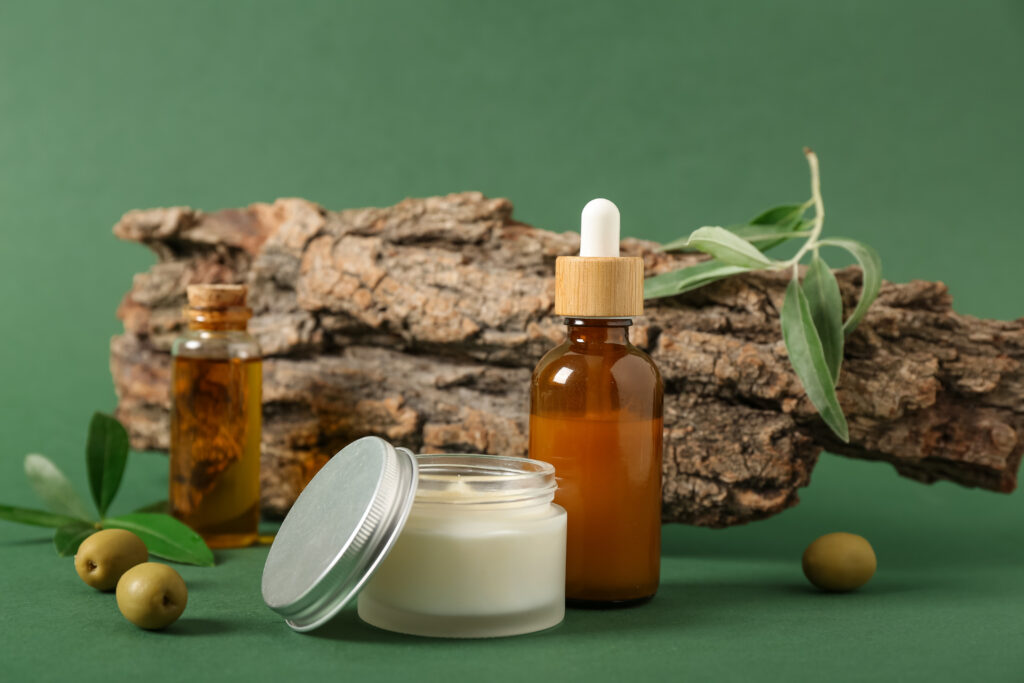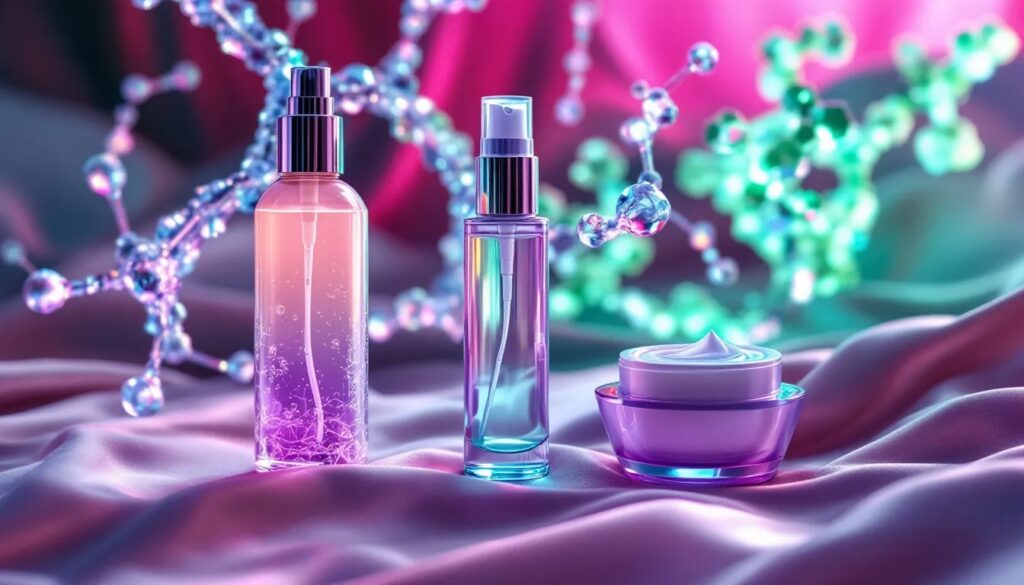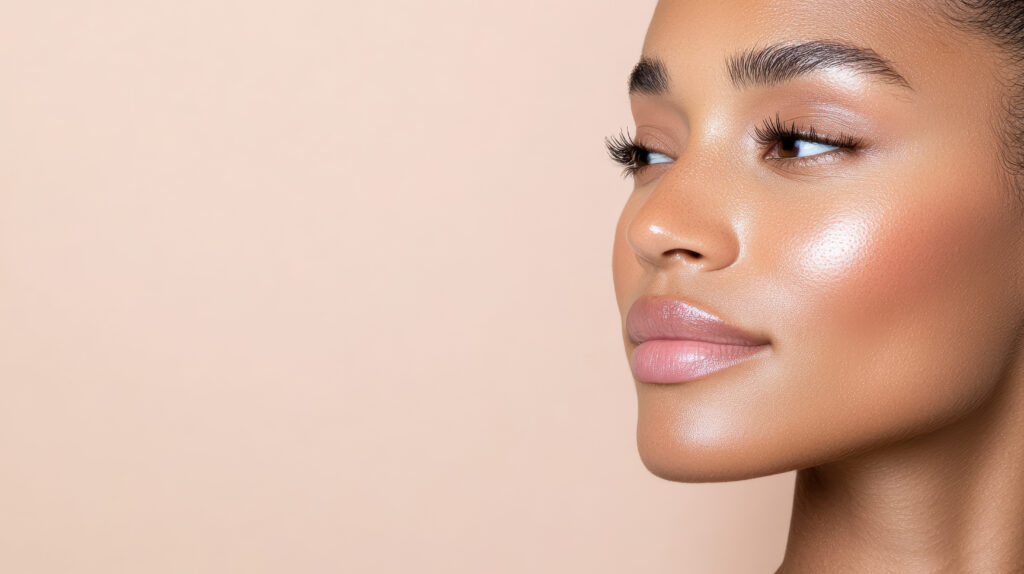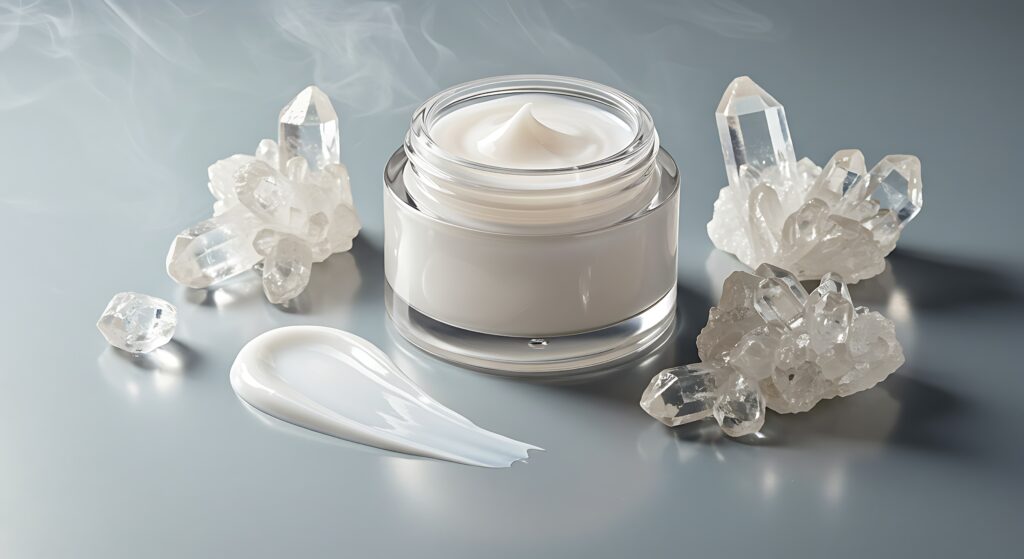Why today’s hair problems demand a new playbook.
Across the category, consumers now judge hair care by three daily realities: a scalp that feels calm, fibers that resist frizz and breakage, and styles that hold up after heat and humidity. Trade editors looking at 2025—and what’s next—describe a market reorganizing around scalp-first routines and hair longevity, not just momentary shine. That shift favors ingredients and formats that deliver comfort and strength across straight, curly, and coily hair without heavy residue or sensitizing cleansers. In other words, the winning product is the one that keeps working on day 30 the way it did on day one.
Another signal getting louder in 2025: inclusivity with substance. Coverage from business and professional channels shows textured-hair training mandates taking hold and salons adopting more texture-literate services. This isn’t a marketing flourish; it is a durable demand signal for products that detangle with less breakage, control pattern-disrupting frizz in humidity, and leave the scalp comfortable enough for daily use. Your formulas have to prove they work on the full spectrum—from fine, straight hair that collapses under oils to coily hair that needs slip without losing pattern integrity.
What makes inclusive performance hard
Formulators don’t have a “universal hair” to design for; they have different friction profiles, porosity levels, and curl geometries that change how damage shows up and how products feel. In wavy and curly hair, raised cuticles and higher porosity can magnify frizz and tangling under humidity, while tight coils experience concentrated stress at bends, escalating breakage if slip is inadequate. Meanwhile, the scalp’s barrier–microbiome balance is increasingly recognized as foundational to comfort and density goals; when cleansing is too aggressive or occlusive, adherence drops and so do long-term outcomes. 2025 peer-reviewed work connects scalp dysbiosis and barrier stress to shedding-adjacent complaints, reinforcing why mild, lipid-respectful cleansing and elegant leave-ons matter.
Heat adds another layer. Daily tool use reorganizes internal structure and reduces gloss; humidity then amplifies misalignment, so frizz rebounds even if hair looks smooth at application. Contemporary studies and market coverage explain why “Repair 2.0” is rising: bond language alone isn’t enough—porosity management and surface order have to be visible and persistent. That’s the performance bar your products must clear to remain credible through 2026.
The Kalichem System: Green Inputs, Inclusive Outputs
Olivoil Glutamate SP and Olivoil Glutamate LW are mild, amino-acid–based surfactant systems built for lipid-respectful cleansing. In practice, it helps you formulate shampoos and co-washes that lift impurities without stripping, leaving the scalp feeling calm and hair ready to align. Because the sensory signature is light and clean rather than squeaky-tight, Olivoil Glutamate SP (powder) or LW (liquid) play well in routines that include heat styling and protective styles—reducing the “rebound oiliness” that prompts over-washing. Trade reporting in 2025 continues to elevate scalp health as the “first step of hair longevity,” so a cleanser that protects the barrier while clearing buildup is not optional; it’s the foundation.
Olivoil Fruttoside extends that foundation with a lipo-sugar approach that adds after-feel slip and softness without falling back on heavy silicones. Used as a secondary surfactant or in low-foam cleansing creams, Olivoil Fruttoside supports curl definition and combability where tangling drives breakage. Its green profile lets you keep the “clean” story intact while delivering a sensory experience that wavy-to-coily users immediately notice. As textured-hair coverage in 2025 underscores, efficacy and feel—not price or packaging—define luxury for this consumer; Fruttoside positions you right in that zone.
With a comfortable scalp and clean canvas, Kerashaft actives do the heavy lifting on fiber performance:
🍃 Kerashaft V addresses internal cohesion with a bond-repair narrative that resonates with consumers who heat-style or color. It helps strengthen against daily stress so alignment survives beyond application day. The result reads as smoother, frizz-resistant hair that still feels light—critical for fine straights and looser waves that collapse under oils.
🍃 Kerashaft Q focuses on surface order and luster—the kind of visible polish consumers associate with “healthy hair,” especially after heat passes. It’s the piece that restores a clean, reflective surface without the greasy after-shine that prompts extra washes.
🍃 Kerashaft Alab is the inclusive workhorse: a green conditioner–styler hybrid that reduces detangling force and maintains alignment in humidity, so coils keep their pattern and straights keep their length. Because it conditions and styles in one, Alab supports the “fewer, smarter steps” consumer mindset while holding claims steady in damp conditions.
Together, these actives speak directly to 2025–2035 category growth vectors—anti-frizz and smoothing with real-world resilience—and they do it with a sustainability profile that aligns with the market’s shift toward bio-based inputs. Forecasts point to continued expansion of anti-frizz needs, especially for curly and wavy segments, so the combination of Alab’s humidity discipline and V/Q’s repair language keeps you relevant as expectations rise.
For consumers focused on hair density and shedding, Stimucap rounds out the system with a non-drug, daily scalp serum. Pairing Stimucap with Olivoil cleansers creates a routine that people can actually stick to: comfortable enough for daily use, elegant enough to layer under stylers, and credible in the context of 2025’s scalp-microbiome science. Industry coverage this year shows hair-loss concerns normalizing in younger cohorts; delivering a mechanism-led, cosmetically sophisticated option is a competitive advantage—especially when you need a unisex, texture-agnostic solution.
Designing for measurable results
What does this portfolio translate to on hair?
First, reduced friction and easier comb-out across textures. On straight and fine hair, that shows up as light slip without limpness. On curly and coily hair, it’s fewer snags at bends and less cumulative breakage from detangling. Kerashaft Alab is doing visible work here; when paired with Q or V in rinse-off and leave-on formats, it carries the “smooth without heavy” promise that textured-hair consumers repeatedly rank above all else in 2025 reporting.
Second, humidity-time alignment that makes anti-frizz claims believable in daily life. When hair hits 80–90% RH at midday, products built on Alab for styling and V/Q for repair help hair resist puffing and pattern collapse—so coils keep definition and straights keep their line. This language tracks with the decade-long anti-frizz growth outlook, where curly and wavy segments lead category share and consumers expect lighter, silicone-conservative finishes. The upshot is simple: smoother hair that stays smooth, with a surface that reflects light rather than scattering it.
Third, scalp comfort that sustains adherence. Olivoil™ Glutamate SP/LW and Fruttoside are built to cleanse without over-removing lipids, supporting a calmer feel day-to-day. That matters because 2025 open-access studies link scalp ecosystem balance to hair-retention contexts; while your finished product isn’t a diagnostic, a comfortable, balanced routine is table stakes for keeping consumers on-track long enough for visible density benefits to accrue. Stimucap® slots neatly into that reality: a daily serum that doesn’t fight the cleanser or the styler.
Finally, future-fit positioning. Professional market observers this fall point to texture literacy and salon retailing trends that keep inclusivity in the spotlight. Products that read as “works for my hair, not against it” will own the shelf in 2026—especially those that marry bio-based inputs with performance people can feel. Kalichem’s portfolio is already aligned with that trajectory.
Building inclusive systems that scale
The next wave of hair care will not reward complexity for its own sake. It will reward systems that feel good on the scalp, control friction at the fiber, and hold their promise through heat and humidity—across the full hair-type spectrum. Industry outlook and inclusivity reports and multi-year market forecasts all point in the same direction: efficacy first, with greener ingredient stories and real-world durability. That’s exactly where Olivoil, Kerashaft, and Stimucap perform.
Put plainly: if your 2026 roadmap demands fewer SKUs that serve more users with clearer claims, this is your starting lineup. Mild, scalp-respectful cleansing to drive adherence. Repair that reads as shine, strength, and low friction without weight. Inclusive styling that manages humidity without flattening texture. And a density-support serum that consumers will actually use.
Build Systems That People Keep Using
Kalichem’s green system gives formulators the shortest path to what the market is asking for: comfortable scalps, stronger fibers, and styles that stay true—for straight, curly, and coily hair. Build your base with Olivoil Glutamate SP/LW and Fruttoside. Layer in Kerashaft V and Q where repair and polish matter most. Use Kerashaft Alab to turn conditioning into humidity-savvy styling. Finish with Stimucap to support density goals. Fewer trade-offs. More people served. Better reasons to believe.
Ready to build fewer, smarter steps that work for every texture?
Contact your designated account manager or submit a request below to select the right Olivoil, Kerashaft, and Stimucap combinations for your launch, align claims with your target market, and secure samples for pilot builds.
Olivoil Glutamate SP
Olivoil Glutamate LW
Olivoil Fruttoside BAS
Resources
- BeautyMatter. (2025, January 23). 2025 trends: What’s next for haircare? https://beautymatter.com/articles/2025-trends-whats-next-for-haircare
- BeautyMatter. (2025, July 20). How inclusive beauty is reshaping America’s beauty industry. https://beautymatter.com/articles/how-inclusive-beauty-is-reshaping-americas-beauty-industry
- Kline & Company. (2025, October 13). MCB Paris 2025: 9 key observations for professional hair care professionals. https://klinegroup.com/beauty-and-wellbeing/mcb-paris-2025-hair-care/
- Future Market Insights. (2025, September 30). Anti-Frizz Hair Care Market: Size and share forecast outlook 2025–2035. https://www.futuremarketinsights.com/reports/anti-frizz-hair-care-market
- Beauty Intelligence. (2025, September 9). Textured haircare in 2025: What today’s consumer really wants. https://beautyintelligence.us/article/textured-haircare-in-2025-what-todays-consumer-really-wants/
- Yu, H., Li, J., Wang, Y., Zhang, T., Mehmood, T., & Habimana, O. (2025). Dysbiosis and genomic plasticity in the oily scalp microbiome: A multi-omics analysis of dandruff pathogenesis. Frontiers in Microbiology, 16, 1595030. https://www.frontiersin.org/journals/microbiology/articles/10.3389/fmicb.2025.1595030/full
- Wang, X., Chen, W., & Zhao, L. (2025). Microbial dysbiosis and its diagnostic potential in androgenetic alopecia: Insights from multi-kingdom sequencing and machine learning. mSystems, 10(6), e00548-25. https://journals.asm.org/doi/10.1128/msystems.00548-25
- Zi, Y., Liu, H., & Zhang, Q. (2025). Establishment of heat-damaged model for hair. Journal of Cosmetic Dermatology, 24(8), e70360. https://pmc.ncbi.nlm.nih.gov/articles/PMC12308778/
Citation Note: This article blends 2025, forward-looking trade media (to anchor market direction and buyer expectations) with peer-reviewed, open-access research (to explain why Kalichem’s surfactants and actives address scalp–fiber realities). Open-access sources were selected so R&D and claims teams can verify mechanisms—scalp microbiome balance and heat-/humidity-related fiber changes—without paywalls, complementing trade insights with reproducible science.


